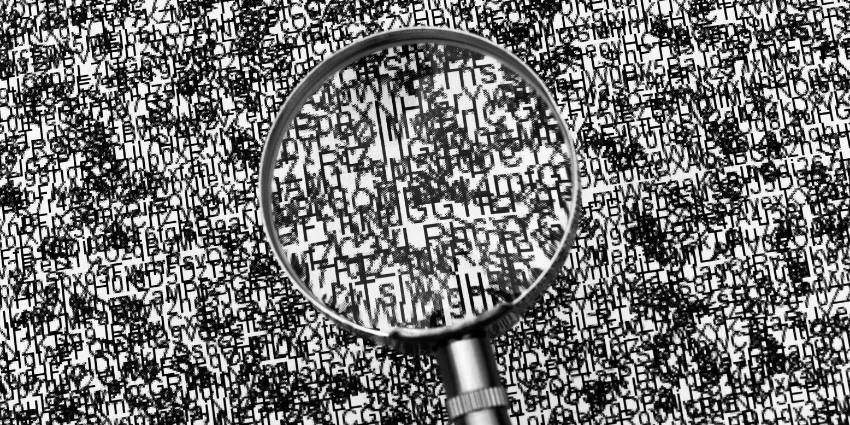Text analysis is a technique in the machine learning and AI environment which allows companies to better understand text data. You can use this technology to analyse SMS conversations, online chat interactions, emails, social media messages, and more. With the right technology, it’s easier to extract specific information, like company or customer trends.
Text analytics allows companies to structure large amounts of information in a matter of minutes instead of days. You can analyse information in a live-chat conversation in real-time and develop deeper understandings of your industry with historical insights.
Though the functionality of text analysis tools continues to evolve, some common techniques and methods appear in most solutions.
Common Text Analytics Techniques
There are basic strategies for text analytics and more advanced techniques that leverage machine learning, statistical, and linguistic techniques. Some of the techniques you might see when you begin to invest in text analytics include:
- Text classification: The process of assigning categories and tags to unstructured text through natural language processing. This helps to organise and structure textual data to streamline information management and deliver quick insights. Sentiment analysis is a form of text classification. Machine learning algorithms can assign tags such as “positive” or “negative” to different words in a conversation to determine how satisfied a customer is
- Text extraction: This is the act of extracting pieces of data from textual data. You could extract things like keywords (trending terms that appear most often), company names, prices, and more. Keyword extraction is often used for creating word clouds and insights into brand association. Marketing teams can use text extraction to find frequently discussed topics
- Word frequency: This is a technique used to measure the most frequently occurring words and phrases in specific conversations. For instance, you could use text analytics and word frequency to find out which features your customers mention most often when having a sales discussion with your team. Collocation and concordance can help to identify the words that usually occur at the same time and the context of those phrases
- Named Entity Recognition: Named Entity Recognition, or NER is a form of text analytics used for identifying named components like events, organisations, places, or people in unstructured text. The NER technology extracts the nouns from the text to identify the value of the nouns. For instance, search engines and recommendation tools use NER to help with information retrieval
- Clustering: Text clusters allow text analytics systems to understand and group large amounts of unstructured data. Though clusters aren’t as accurate as classification algorithms, they are faster to implement. This makes it easier for smart algorithms to collect information and make predictions often without the use of supervised machine learning
Analysing Structured and Unstructured Text
Text analytics tools allow companies to collect huge amounts of information and leverage it for various purposes. With classification, you can determine whether a customer conversation is positive or negative in real-time, and automatically inform supervisors when agents need help. Text extraction makes it easy for businesses to automatically flag evidence of issues and request help from service agents sooner, rather than later. As the potential of AI grows, the opportunities in text analytics will continue to transform too.







